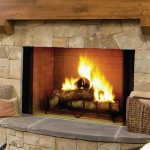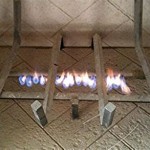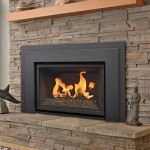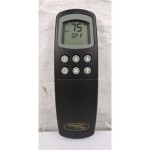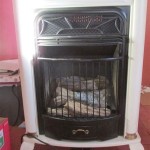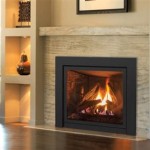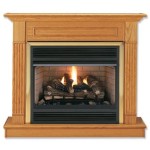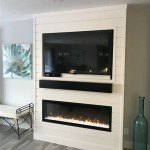Fireplace Building Code: Essential Aspects for Safety and Compliance
Fireplaces, as cozy and alluring as they may seem, come with their share of potential hazards. To ensure the safety of your home and loved ones, adhering to the fireplace building code is paramount. This comprehensive set of regulations outlines critical requirements for fireplace construction, installation, and maintenance, safeguarding against fire risks and structural damage.
Fireplace Location and Clearance
The location and clearance around your fireplace play a crucial role in preventing fires. Fireplaces should be positioned at least 3 feet away from combustible materials, such as curtains, furniture, and wood paneling. Additionally, there must be at least 12 inches of clearance between the fireplace opening and the ceiling. This ensures adequate heat dissipation and minimizes the risk of ignition.
Chimney Requirements
The chimney is the vital conduit for exhausting smoke and fumes from your fireplace. It must be constructed of approved materials, such as stainless steel or refractory concrete, and meet specific requirements for height and diameter. The chimney should extend at least 3 feet above the roofline and be capped with a chimney cap to prevent debris and moisture from entering.
Firebox and Hearth
The firebox, where the fire burns, and the hearth, the non-combustible surface beneath it, are essential components of a safe fireplace. The firebox should be lined with firebrick or other approved materials that can withstand high temperatures. The hearth must extend at least 16 inches in front of the fireplace opening and 12 inches on each side to catch any embers or sparks that may escape.
Ventilation and Combustion Air
Adequate ventilation is critical for proper fireplace operation. Fresh air is needed for combustion and to prevent backdrafting, where smoke and gases are forced back into the room. Building codes typically require ventilation openings near the fireplace to supply combustion air and prevent excessive negative pressure that could draw dangerous gases into the home.
Inspections and Maintenance
Regular inspections and maintenance are essential to ensure the ongoing safety of your fireplace. A qualified chimney sweep should inspect and clean your chimney annually to remove soot and debris that can accumulate over time. Additionally, the fireplace should be inspected for any cracks, damage, or deterioration that could compromise its safety. By following these maintenance guidelines, you can enjoy the warmth and ambiance of your fireplace with peace of mind.

Fireplace Hearth Extension Rules Structure Tech Home Inspections

Fireplace Safety And Codes

2024 International Residential Code Irc Icc Digital Codes

What Is A Fireplace Hearth And How Far Should It Extend Building Code Trainer

Fireplace Chimney Clearances Information Canadian

Fireplace Mantel And Surround Clearances Fine Homebuilding

Fireplace Surround Code Requirements Outdoor Designs Hearth
Mantle And Fireplace Surround Minimum Clearances

Fireplace Safety And Codes

Mantel Clearance For Masonry Versus Manufactured Fireplaces

